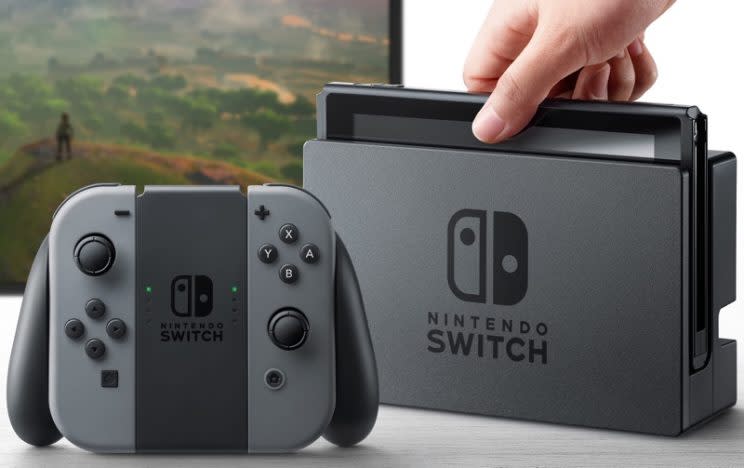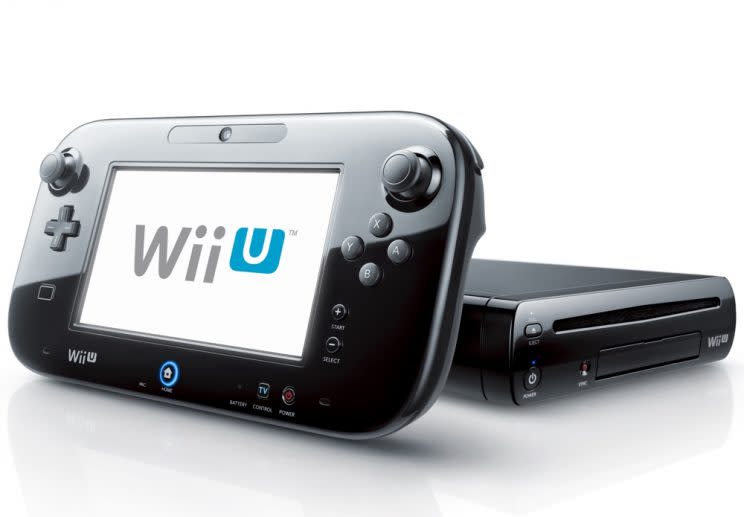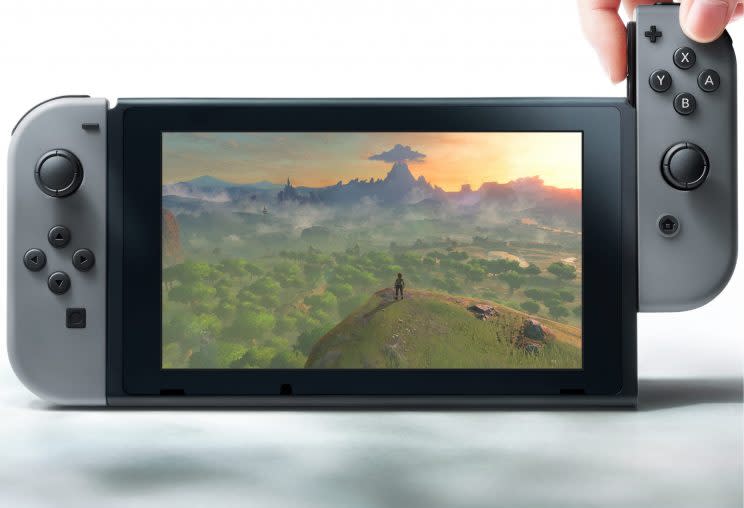Why Nintendo's Switch console is crucial for the company's future

Nintendo (NTDOY) is expected to provide the first real information about its next big game console, the Switch, during a major unveiling Thursday, Jan. 12. To say the company needs to impress the masses is an understatement.
The Switch is easily the most important release in Nintendo’s history. That’s because Nintendo’s last console, the Wii U, turned out to be a commercial failure with consumers. Now, the Switch will either prove that Nintendo can still make great hardware, or that the company should give up on the segment all together.
The Wii U’s many failings
How poorly has Nintendo’s Wii U performed over its lifetime? According to Nintendo’s own numbers, the company has sold just 13.4 million Wii U consoles around the world. Sony, on the other hand, has sold more than 50 million PlayStation 4 systems, even though Sony’s console went on sale in 2013, a year after the Wii U’s release date.
The Wii U’s sales look even more anemic compared to the original Wii, which sold an impressive 102 million consoles. In fact, according to Nintendo, the Wii U is the worst performing console in the company’s history and has hurt the “Super Mario” maker’s profits.

There were a number of reasons the Wii U struggled. The system wasn’t quite different enough from the original Wii and didn’t offer the kind of performance bump seen from, for example, the PlayStation 3 to the PlayStation 4 or the Xbox 360 to the Xbox One.
It also didn’t help that the Wii U’s controller was absolutely enormous thanks to its built-in touch screen display. But the biggest issue with the Wii U was something that’s plagued Nintendo for years: a lack of strong third-party developer support.
Nintendo’s first-party games, those developed by Nintendo such as the company’s “Mario” and “Zelda” titles, generally receive high praise from reviewers and fans alike. But gamers want more than that. They want games like “Grand Theft Auto V” and “Call of Duty: Infinite Warfare” and “The Witcher 3,” none of which you’ll find on a Nintendo console.
Making a Switch
I’m a gamer. In my apartment I have a gaming PC that I built — nerd points! — a PlayStation 4, an Xbox One, a 3DS and, yes, a Wii U. Gaming is a huge part of my life. So I like to think I have some idea as to what gamers want. And outside of new first-party Nintendo games, that means basically everything the Wii U wasn’t.
I’m talking about intriguing third-party titles, improved graphics and a more comfortable controller. Fortunately, it looks like that’s exactly what Nintendo is doing with the Switch.
In a brief unveiling video released in October, Nintendo showed the Switch to be a hybrid console that can be used as both a traditional in-home system that connects to your TV and a handheld tablet.

When used as an in-home console, the Switch’s tablet rests in a dock and operates just like any other system. You have a standard controller, sans touch screen, and play games on your television.
When you’re ready to roll, you pop off the left and right sides of the controller, which both have a single joystick and a series of buttons, and slide them onto the tablet. Remove the tablet from its dock and you’re off. You can even detach the controller pieces from the tablet, pull out its kickstand and let two people use the controller sections to play 1-on-1 games.
The idea is incredibly risky, but Nintendo is known for taking risks with its hardware. Just look at the Wii U’s touch screen controller, the Wii’s motion controls and the DS’s dual touch screen interface.
More from Dan:
Comcast: Out new app will make fixing your internet much less frustrating
Fitbit CEO: We’re trying to shift the way people perceive us
T-Mobile’s One ‘All In’ plan is killing hidden fees and giving cash back
Samsung unveils gaming notebooks and a partnership with Google
Carnival is turning its ships into floating connected hotels
Email Daniel at dhowley@yahoo-inc.com; follow him on Twitter at @DanielHowley.

 Yahoo Finance
Yahoo Finance 
